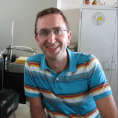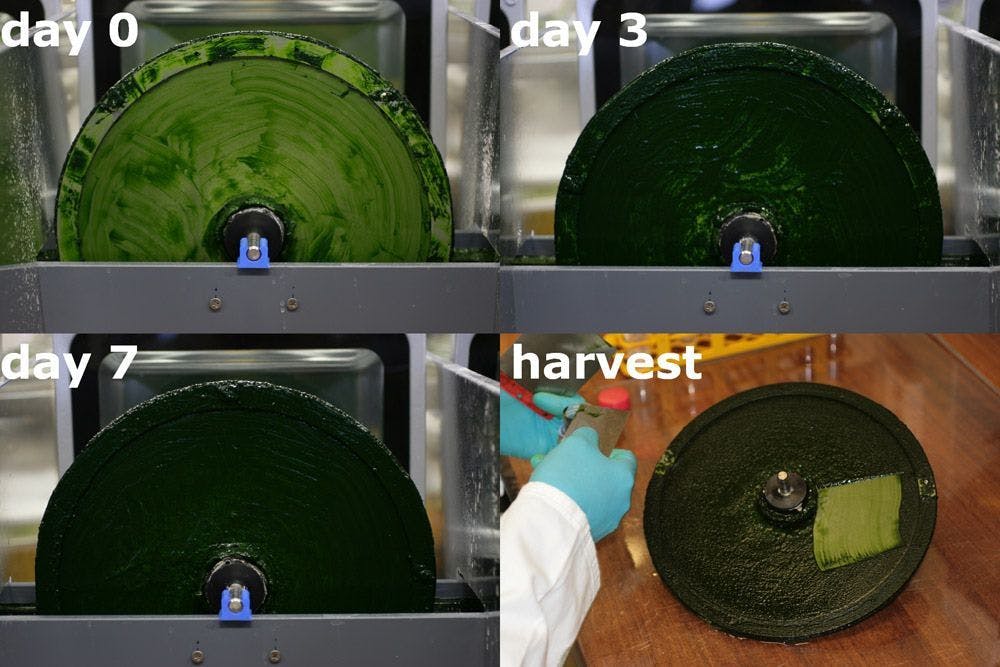The aim of the ALGADISK project is to develop a modular, scalable, and automatic biofilm reactor for algae biomass production, with low operational and installation costs. The reactor will be designed to capture CO2 from industrial emissions to produce high value organic products. In this system, algae will be grown both in an aqueous environment and on biocompatible surfaces, allowing for CO2 absorption from either the gas or liquid phase. This method will dramatically increase the efficiency of the reactor and decrease water requirements. Automatic and continuous harvesting of algae will be designed to optimize CO2 uptake and biomass production. The proposed system will be specifically crafted to meet the needs of European SMEs who are willing to produce algae biomass products from industrial emissions.
The aim of the ALGADISK project is to develop a modular, scalable, and automatic biofilm reactor for algae biomass production, with low operational and installation costs. The reactor will be designed to capture CO2 from industrial emissions to produce high value organic products. In this system, algae will be grown both in an aqueous environment and on biocompatible surfaces, allowing for CO2 absorption from either the gas or liquid phase. This method will dramatically increase the efficiency of the reactor and decrease water requirements. Automatic and continuous harvesting of algae will be designed to optimize CO2 uptake and biomass production. The proposed system will be specifically crafted to meet the needs of European SMEs who are willing to produce algae biomass products from industrial emissions.
Proof of principle
In small lab-scale Algadisk units the principle of growing microalgae on rotating disks was explored. We have shown that this principle results in productivities which compare well to suspension cultures provided that the dissolved carbon dioxide concentration in the liquid are maintained at an elevated level (see publication).
Biomass weekly harvested from the disk has a solids content of 15-20 % w/w.
Indoor lab scale optimization
In a fully controlled indoor lab-scale Algadisk unit outdoor conditions are simulated and the process is further optimized. We strive for a model-based understanding of the process.
Outdoor pilot scale test
Six parallel Algadisks were built by Ateknea solutions (Hungary) and placed at BFC (Biogas Fuell Cell SA) in Spain. This pilot-scale system will be tested outdoors in Spain with assistance of AlgaePARC. The question to be answered is whether the Algadisk can run continuously under real process conditions. At the same time productivity will be monitored and compared to lab-scale results.
Blanken, W., M. Cuaresma, et al. (2013). "Cultivation of microalgae on artificial light comes at a cost." Algal Research 2(4): 333-340.
Blanken, W., M. Janssen, et al. (2014). "Biofilm growth of Chlorella sorokiniana in a rotating biological contactor based photobioreactor." Biotechnology and Bioengineering: n/a-n/a.

Assistant Professor

Professor

Professor/Chair Bioprocess Engineering
